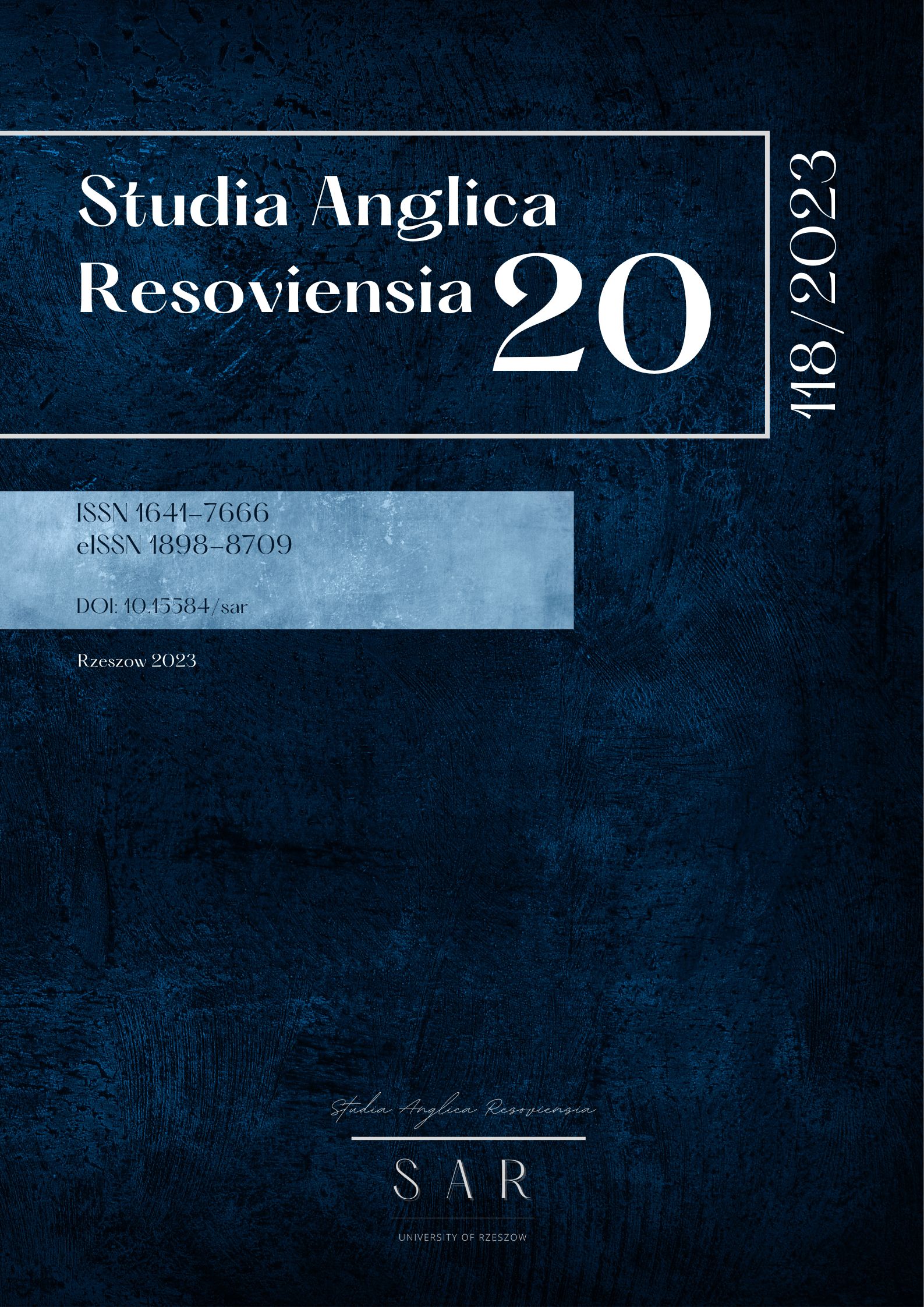A study of adjacency pairs in the film “Ted”: the case of dispreferred seconds used for a humorous effect
DOI:
https://doi.org/10.15584/sar.2023.20.7Keywords:
adjacency pairs, dispreferred second parts, conversation analysis, humour, film “Ted”, “Ted 2”Abstract
The purpose of the article is to concentrate on the identification of the linguistic features which are allegedly typical of the dispreferred second parts. There will be 12 instances to be analyzed where the adjacency pairs will include the dispreferred second parts. Moreover, the intention is to shed light on some positive aspects of the dispreferred second parts (dispreferred seconds) and attempt to demonstrate that in certain contexts the occurrence of the dispreferred second parts is justified or even necessary to achieve a special effect. In other words, the so called dispreferred seconds (second parts) will be analyzed from a different perspective - it will be demonstrated that the occurrence of the dispreferred second parts does not necessarily have to be perceived negatively. What is more, the presented utterances in the dispreferred second pair parts will even contribute to achieving a humorous effect. The purpose of the article is to concentrate on the identification of the linguistic features which are allegedly typical of the dispreferred second parts. There will be 12 instances to be analyzed where the adjacency pairs will include the dispreferred second parts. Moreover, the intention is to shed light on some positive aspects of the dispreferred second parts (dispreferred seconds) and attempt to demonstrate that in certain contexts the occurrence of the dispreferred second parts is justified or even necessary to achieve a special effect. In other words, the so called dispreferred seconds (second parts) will be analyzed from a different perspective - it will be demonstrated that the occurrence of the dispreferred second parts does not necessarily have to be perceived negatively. What is more, the presented utterances in the dispreferred second pair parts will even contribute to achieving a humorous effect.

